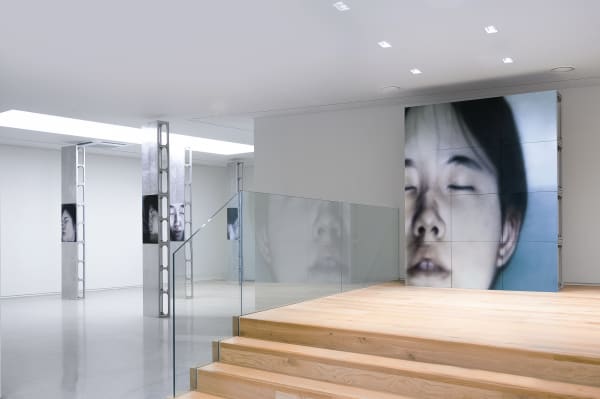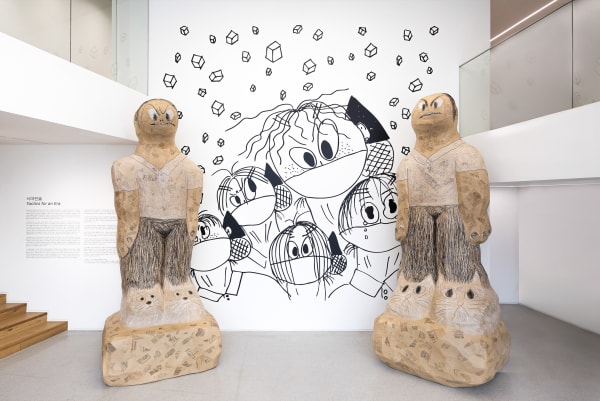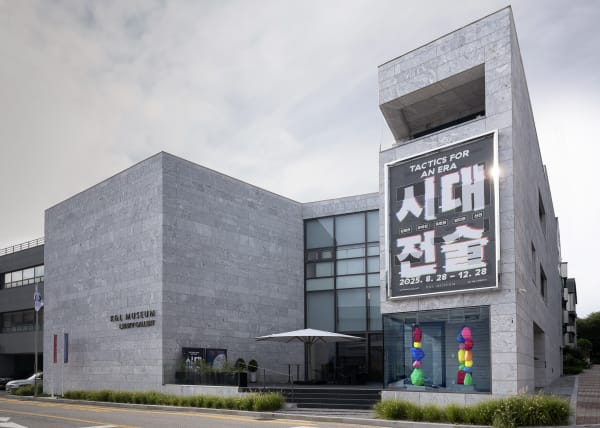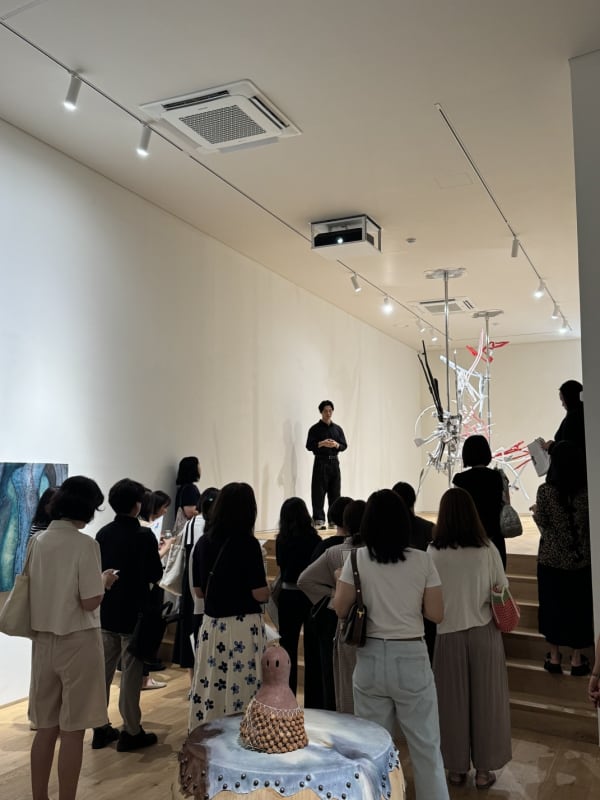Tactics for an Era
In our contemporary era, we are witnessing rapid and multifaceted transformations in daily life due to the unprecedented development of artificial intelligence and digital technologies. The increasingly advanced digital ecosystem driven by AI offers tremendous possibilities and convenience. At the same time, the fragile nature of the human condition—struggling to keep pace with such radical change—is becoming more apparent. As technological progress continues to shorten the very processes and rhythms that once shaped human experience, genuine connection among individuals is gradually diminishing, narrowing the gap between individuals and the immediacy of the world around them. These shifts have ushered in a rise in personal anxiety and a sense of depression, fueled by global capitalism, precarious labor, social isolation, and the disintegration of relationships. This reality forces us to confront fundamental questions about human existence.
This contemporary state of human life is closely linked to the idea of “Liquid Modernity”, a term coined by Polish sociologist and philosopher Zygmunt Bauman. Bauman described modern society as being in a state of constant flux, where order, dignity, and stability are dismantled, and everything remains in perpetual transition. His insights into themes such as alienation, identity, consumerism, and morality reflect the unstable conditions faced by individuals today. According to Bauman, while modern life offers convenience and freedom, it also demands that individuals continuously reshape themselves—leading not to stable identity formation, but to repeated, temporary adaptation. This situation results in existential and psychological unease and pressure. In 2025, we find ourselves deeply embedded in this current. The sweet allure of technological advancement has undeniably improved aspects of life, yet it has also brought us face to face with a paradoxical reality—one that challenges the uniqueness and intrinsic value of human existence.
The exhibition Tactics for an Era explores the shadows cast by our contemporary moment. It presents the ways in which each artist perceives and interprets the radically transformed world —the “Umgebung”, or physical and objective environment—reimagined through their unique perception into their own “Umwelt”, which refers to the subjective world each individual constructs through sensory and cognitive experience. Featuring five artists, the exhibition sheds light on the human essence—rich sensory experiences and layered emotions—expressed through diverse and immersive artistic languages. It highlights how contemporary art seeks to reclaim the value and meaning of "human-ness," and invites viewers to engage with the messages it conveys.
Artists today are no passive observers or mere questioners of reality. Instead, they act as tactical subjects—interpreting the structures of the present through their unique perspectives, shaping their own existence, and even making statements within the social sphere. This role aligns with the notion of tactics as discussed by Michel de Certeau in The Practice of Everyday Life. De Certeau framed tactics as small, creative acts that individuals undertake within the constraints of structural systems. These tactics operate not within self-owned spaces but within others’ domains, relying on spontaneity and adaptability. In such conditions, from resistance creativity is born.
Kim Myungchan appropriates the most industrial and mechanical of painting tools—the airbrush—to evoke the inhumanity of modern production, yet overlays it with delicate hand tremors and traces of body warmth. Through repetition, subtle flaws, and vibrations, he creates painterly tactics that introduce a touch of human warmth and fracture into an otherwise smooth industrial system.
Yoo Ahyeon designs mechanical sculptural installations activated by the viewer’s physical engagement. This tactile interaction transforms the viewer from a passive participant into an active agent, evoking a sense of bodily resistance against the capitalist system. It repositions laboring bodies as central to artistic experience.
Yohan Hán, on the other hand, counters the fragmented and disjointed modes of communication of our time by exploring the body’s movement, sensation, and sonic resonance. His work aims to restore a primal mode of communication that precedes language—creating new forms of resistance and exchange in a world dominated by technology and media.
Shin Min sensitively captures the structures of inequality and oppression embedded in everyday life. Her sculptural works embody the rage and alienation of marginalized groups, such as low-wage workers and women, giving form to the politics of emotion through seemingly mundane yet deeply resonant expressions of collective frustration.
Dahoon Nam offers sharp yet humorous critiques of how art is consumed and traded within capitalist value systems. Through sculpture and performance, he challenges the obsession with “reputation” and “resale value,” questioning the essence of art itself. His works provoke laughter, but within that levity lies a piercing insight that lingers long after.
Tactics for an Era poses the question: “How can art act today?” In the midst of complex contemporary crises, the exhibition explores how a new generation of artists engages with life and expression. Their practices—ranging across form, performance, narrative, and technology—serve as survival strategies navigating between adaptation and resistance in a chaotic world. This exhibition illuminates the artists’ quiet yet powerful strategies, reflecting on how art captures both the intimate details of our lives and the broader realities of our era.
"To each age its art, to art its freedom".
This declaration by the Vienna Secession resonates more deeply than ever today. Art not only reflects its time but holds the power to reimagine it. Tactics for an Era invites us to contemplate that very potential.









